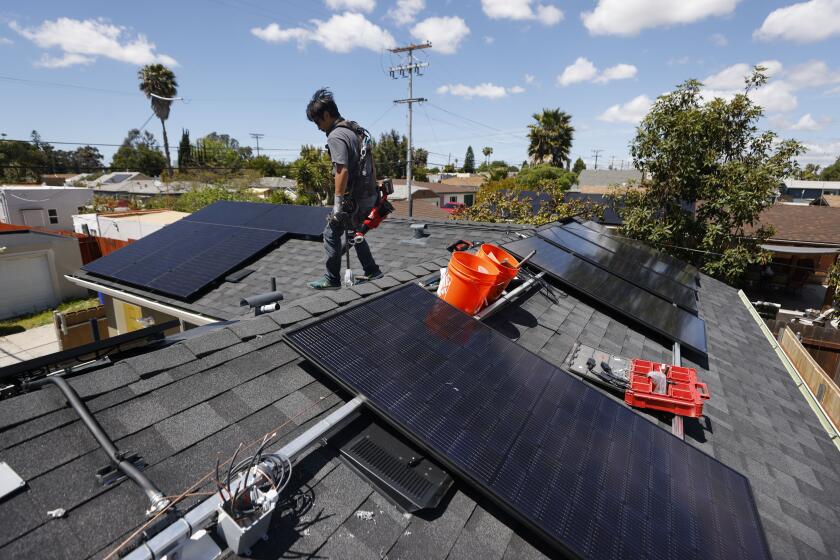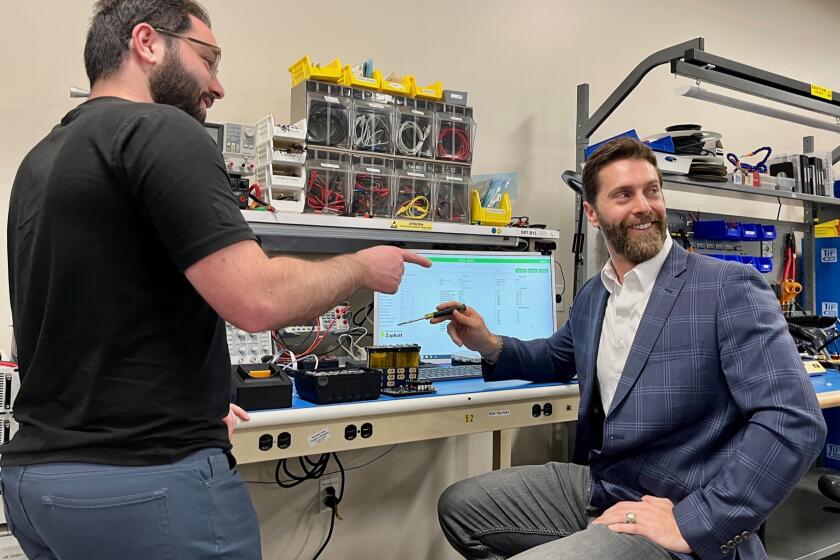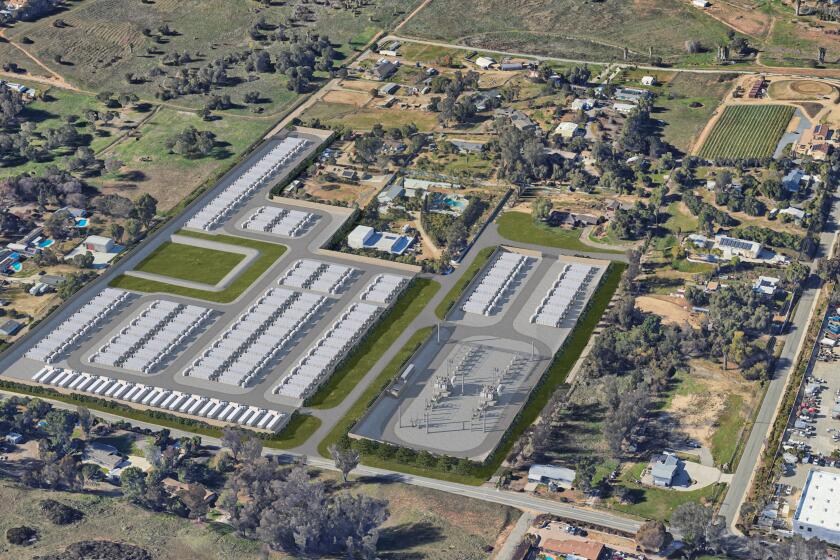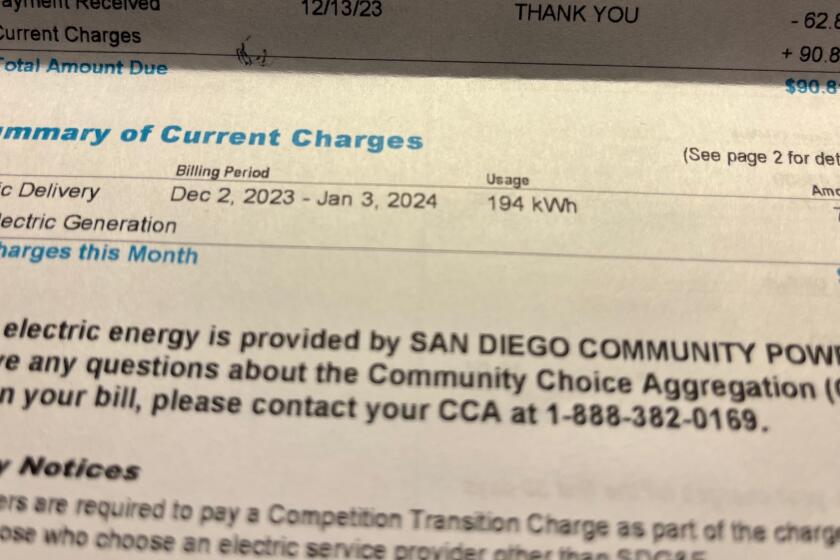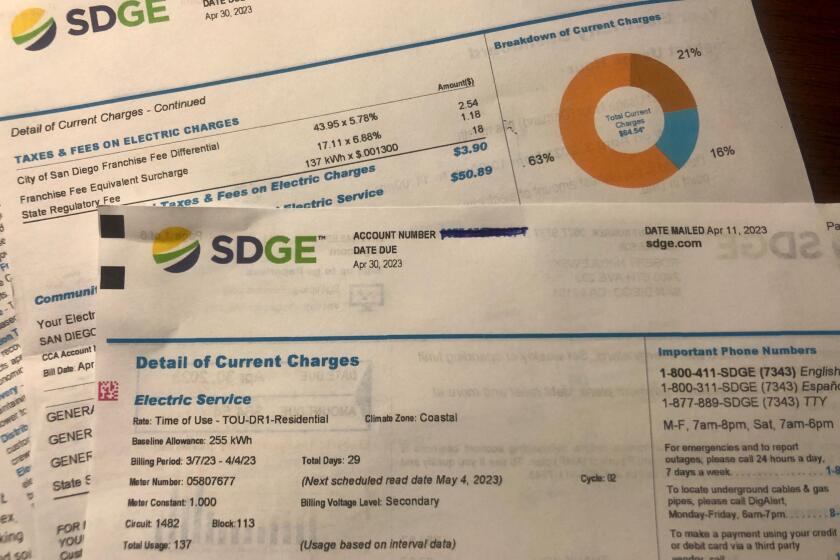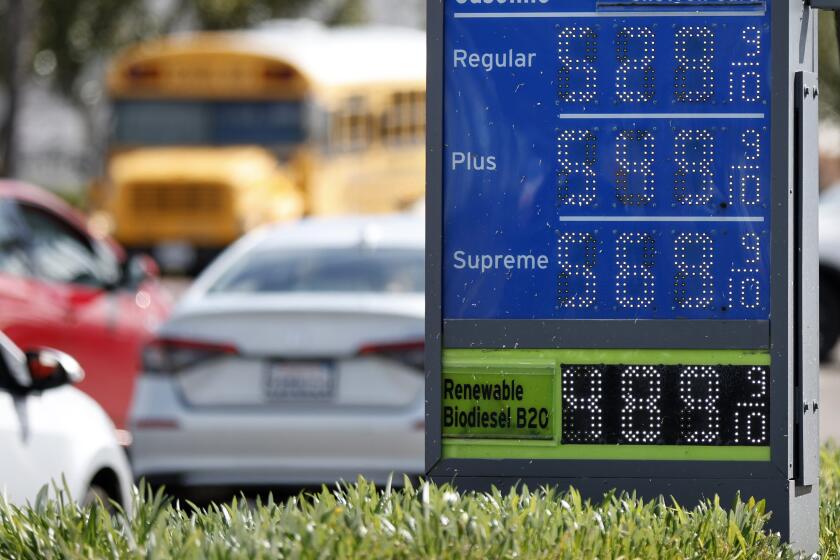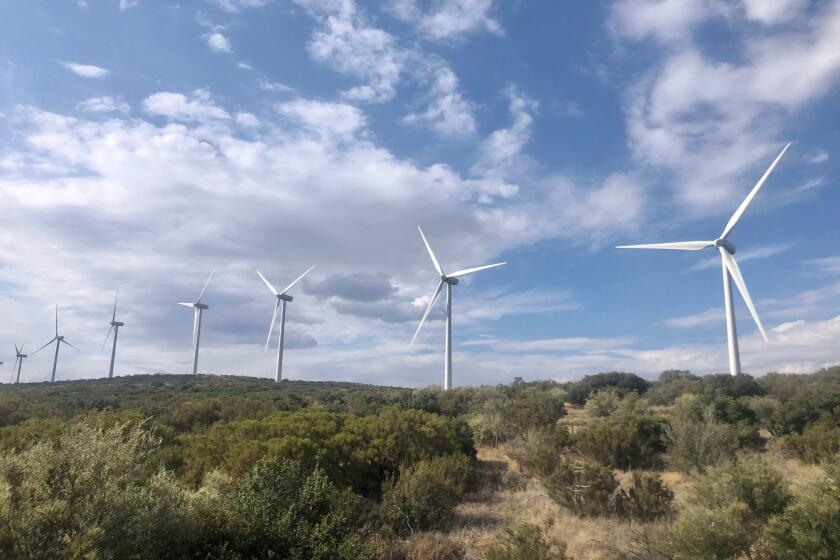Creating a star on Earth: Nuclear fusion program at General Atomics gets 5-year extension
DIII-D program continues search to find inexhaustible, clean energy
The goal is as daunting as it is daring: Harness a virtually inexhaustible source of energy that, theoretically, could supply electricity for power plants all over the world while emitting no carbon pollution or long-lived nuclear waste.
Such is the promise of nuclear fusion and San Diego-based General Atomics just received a five-year funding extension from the U.S. Department of Energy to continue operating the DIII-D National Fusion Facility that provides leading-edge research into workable applications of fusion energy’s potential.
“DIII-D has been the source of many important discoveries in fusion science, and (General Atomics) is proud to have played a key role in achieving them,” DIII-D’s director, David Hill, said in a statement released Friday. “We look forward to continuing our research toward making fusion energy a practical reality.”
Authorized funding for 2019 comes to $121.5 million and the new agreement continues through 2024, providing opportunities for scientists and researchers from more than 100 institutions around the world to continue studies at the facility. Fusion research began at General Atomics 62 years ago and the company has been the contractor operating DIII-D since 1986.
In the 1950s, the first pioneers in fusion research spoke of creating “a star on Earth” to mimic the same energy that powers the sun and stars. Different from nuclear fission seen in conventional nuclear power plants, nuclear fusion causes hydrogen nuclei to collide and fuse into helium atoms, which releases a tremendous amount of energy.
The potential is so vast that fusion’s boosters say it could, if controlled, generate electricity at power plants in such prodigious volume that conventional sources of power would be rendered obsolete.
What’s more, fusion energy would produce no greenhouse gas emissions and, according to the International Atomic Energy Agency, cannot cause a nuclear accident or leave behind any long-lived radioactive waste.
But progress has been slow because of the difficulty in controlling and understanding the function of fusion plasmas. No commercial nuclear fusion reactors exist and fusion power has been generated only for short periods of time in a handful of research facilities.
DIII-D is the largest magnetic fusion research facility in the U.S.
At the heart of the facility is a doughnut-shaped chamber called a tokamak. It’s surrounded by powerful electromagnets that confine plasmas — large quantities of ionized particles — at temperatures that routinely exceed 10 times those of the sun. During experiments, researchers say the DIII-D plasma is the hottest spot in the solar system.
DIII-D’s research initiatives include a first-of-a-kind neutral beam system that weighs more than 50 tons. Since the system can be steered, it will allow researchers to vary the angle at which high-energy atoms are injected into the plasma.
The renewal of the agreement “is a clear sign that DIII-D remains in the vanguard of research in the U.S. fusion community,” said Jeff Quintenz, senior vice president of General Atomics’ Energy Group.
The work at DIII-D can also promote progress in another ambitious nuclear fusion program called ITER (Latin for “the way”). Under construction in France, the ITER project brings together researchers, engineers and scientists from the European Union, the United States, Russia, China, India, Japan and South Korea.
General Atomics is constructing modules that make up an incredibly powerful magnet that will be inserted into ITER’s core.
The ITER project will not capture the energy it produces as electricity, but it hopes to pave the way for future fusion power plants. Construction is underway and officials say the first plasma experiments are scheduled for December 2025.
Get U-T Business in your inbox on Mondays
Get ready for your week with the week’s top business stories from San Diego and California, in your inbox Monday mornings.
You may occasionally receive promotional content from the San Diego Union-Tribune.


